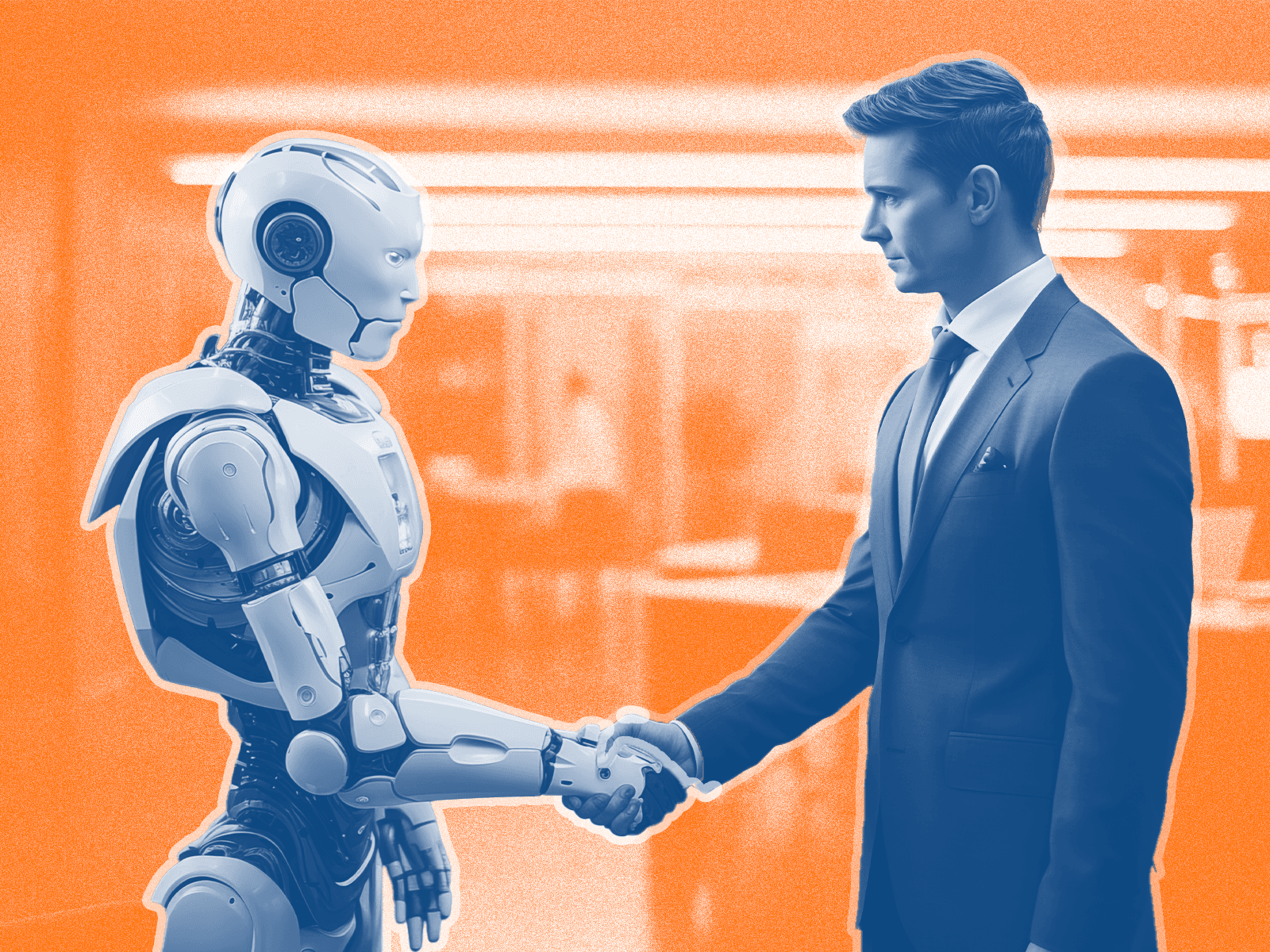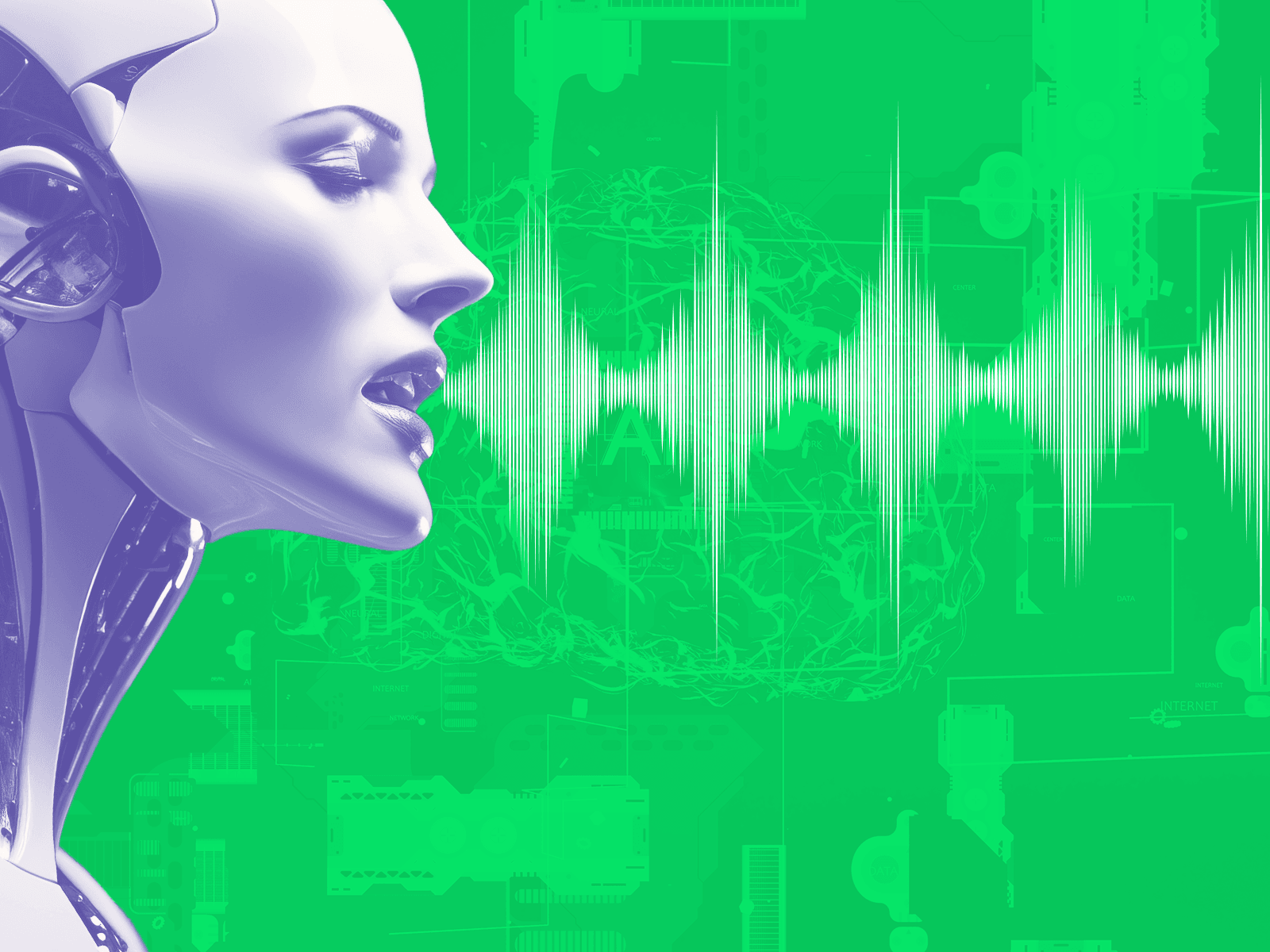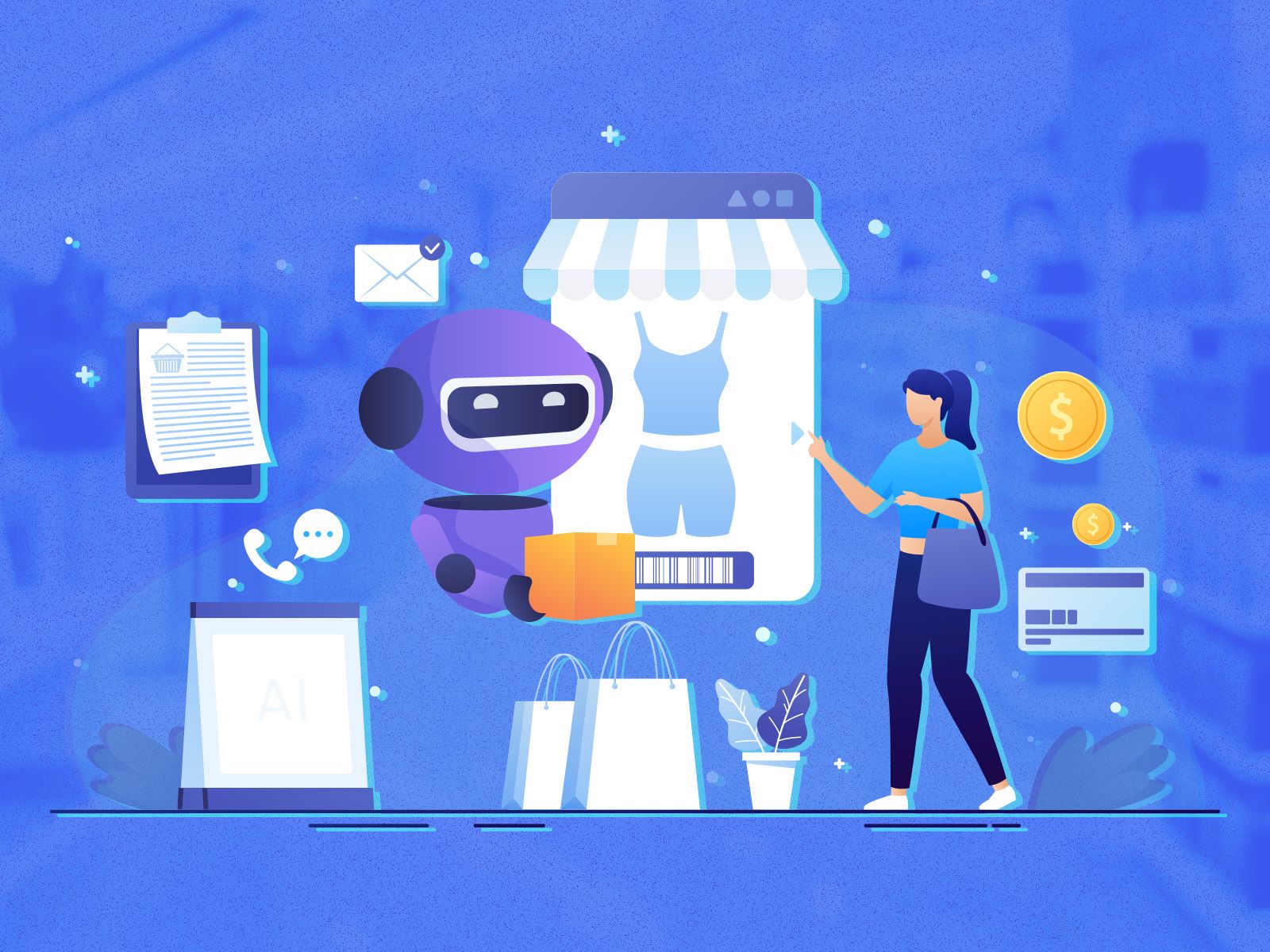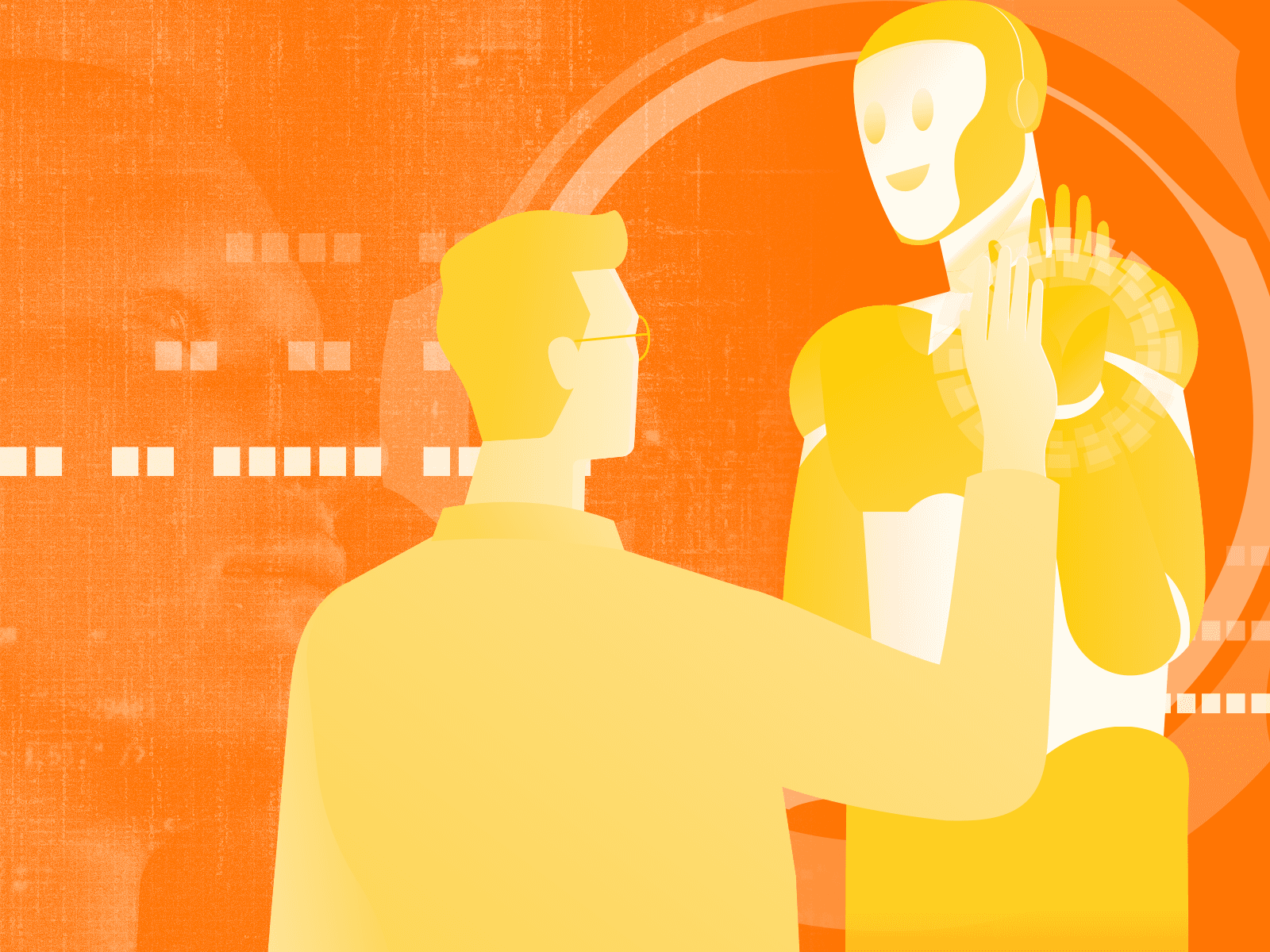IoT is at the Fulcrum of the AI Evolution

Illustration: © AI For All
Artificial intelligence (AI) and the Internet of Things (IoT) are two of the most disruptive technologies of our time in their ability to sense, detect, listen, predict, and ultimately help people. Together, they form a powerful synergy that can transform industries, improve efficiency, and create new value for businesses and consumers.
AI is the ability of machines to perform tasks that normally require human intelligence, such as reasoning, learning, and decision-making. IoT is the network of physical objects embedded with sensors, software, and connectivity that enable them to collect and exchange data with other devices and systems.
The convergence of AI and IoT is attracting significant investment. A report by IDC predicts that global spending on AI and IoT will reach $1.1 trillion this year. The integration of AI and IoT is poised to transform operation and information technology and in turn, processes, procedures, and software-driven processes and platforms.
As the number of connected devices continues their graceful arc into the stratosphere, so too does the potential for AI to analyze and act on the data generated by these ‘things’ – largely as a mass of seemingly connected and previously disconnected data sources. As the AI market experiences robust growth, with Precedence Research reporting a global market size of $119.78 billion in 2022 alone, the market is expected to hit $1,597.1 billion by 2030 with a registered CAGR of 38.1 percent from 2022 to 2030.
The rub is that users are beginning to get intuitive (results the user expected to see but needed data to back it) and non-intuitive (results only data and trend analysis at scale could identify) insights in the palm of their hand, which is giving adopting incumbents and leaner, meaner, and AI-equipped new entrants a serious advantage.
IoT is a catalyst for AI progress and adoption, and the way we will work is poised for a tremendous rate of disruption. The fulcrum of change is certainly upon us.
IoT Generates Massive Amounts of Data, Creating a Need for AI
The Internet of Things is – as we read – generating massive amounts of data at an unprecedented rate. According to a report by Ericsson, the number of connected devices is expected to reach 30 billion by 2025, generating 79.4 zettabytes of data per year. Such an enormous amount of data cannot be efficiently processed and analyzed by humans alone.
AI algorithms help manage this data deluge by identifying patterns from physical and virtual events and interactions, providing insights on potential issues and business opportunities, and making predictions on what might happen next based on impact or severity, likelihood, and risk rating. As important, it will send the instructions to the right people or systems.
While the number of IoT endpoints will continue to rise at a steady rate, the fuel for this adoption lies in the number of unique business and consumer-centric use cases these two technologies will unlock. Where major corporates still struggle with a pool of data and multiple (and conflicting) projects and products, the challenges of having more data than ideas and solutions persist.
However, the rate at which AI is ‘humanizing’ the sifting and interpretation of data means that listening to, interpreting, and responding to data received from thousands to millions of sensors will create room for high multiples of return on investments in such initiatives.
The concept of the Digital Twin and the Metaverse for the business enterprise remains a far reach from most organizations due to the ‘newness’ of the tech and novelty of the concepts. However, this does not preclude the same entities from unpacking what data points can be harvested to ‘digitize’ their operations to understand specific processes, regions, devices such as manufacturing lines, cellular networks, important asset components and points of failures. All of these result in the ability to understand what is happening, and thereafter what might happen, and what is the best thing to do next.
IoT and AI are Revolutionizing Industries
As we read this, the combination of IoT and AI is transforming industries and it is happening without any human oversight. AIoT can be used to optimize network performance, reduce downtime, and improve customer experience in telcos.
For example, by leveraging IoT sensors and AI algorithms, telcos can monitor network traffic, predict outages and proactively address issues before they affect customers by understanding which components are failing, or may fail. They can also identify outlier events such as theft and pilfering and alert teams in advance while incorporating cutting-edge technology such as camera analytics, movement sensors, and nuanced technologies such as drones, vibration sensors, smart locks, and more.
Miners can achieve major gains by using sensors on movement, environment, asset locations, and occupancy levels while monitoring the status of equipment, operating hours, times, and work durations to improve safety, and monitor productivity while improving ESG (Environmental, Social, and Governance) standards, detect anomalies, and predict failures before they occur.
Real estate owners can understand utility consumption based on current data on occupancy and predicted trends to alert people and systems on managing assets and downstream processes such as HVAC, desks, cleaning schedules, meeting rooms, parking, lighting, environmental, cost allocations, and many more. This makes buildings sensing, feeling sites that not only save money but also help people become more productive and safer.
Caveats to Progress
To harness the power of AI and IoT, businesses need to overcome some challenges, such as:
Data quality: AI and IoT rely on large amounts of data to function effectively. Not all data is reliable, accurate, or relevant. Businesses need to ensuring data quality by implementing data governance policies and standards.
Data security: AI and IoT pose significant risks to data privacy and security. Data operators need to protect data from unauthorized access, use, or disclosure by applying encryption, authentication, and authorization techniques.
Data governance: AIoT will only be successful if quality, current and reliable data is made ready through environments that support the rapid integration too, or extraction from these data stores; this also implies the people, process, and technological side of ensure data is at the forefront of driving this shift forward.
Data ethics: AI and IoT raise ethical questions about the impact of technology on human rights, dignity, and autonomy. Businesses need to ensure that their use of AI and IoT is aligned with their values and principles and place controls on the extent AI can act on their behalf.
The Power is Within Your Business
AI and IoT are not just buzzwords; they are realities that are reshaping the world.
The combination of IoT and AI is a powerful one, creating opportunities for innovation and transformation across industries. As IoT continues to generate mountainous amounts of data, AI will be essential in managing and making sense of this information by playing the role of sorting, sifting, querying, identifying, and alerting. Ultimately, the means to help people do more with less is assisted through data and machine learning.
As user interfaces evolve to meet the speed at which data can be consumed, and the further ‘humanization’ of tech pervades into our daily lives, so too will the potential for increased efficiency, productivity, and sustainability in the workplace. The future for AI and IoT (AIoT) is not only bright but essential for progress in the fourth industrial revolution.
Internet of Things
AIoT









